
Critical care is the complex care provided to severely ill and injured patients—over minutes to hours to days to months—in an attempt to keep them alive and restore them to the way they were before their illness or injury.
Critical care is delivered in many locations including the emergency department, the operating room, many types of intensive care units (ten at the University of Michigan), and even on the battlefield. It is practiced and provided by clinicians in thirteen medical specialties and by numerous other providers including nurses, paramedics, physician assistants, nurse practitioners, respiratory therapists, pharmacists and others.

Critical care is required for all ages and numerous conditions including, but not limited to: trauma, cardiac arrest, burns, stroke, traumatic brain injury, respiratory failure, premature births, infections and sepsis, and many others.
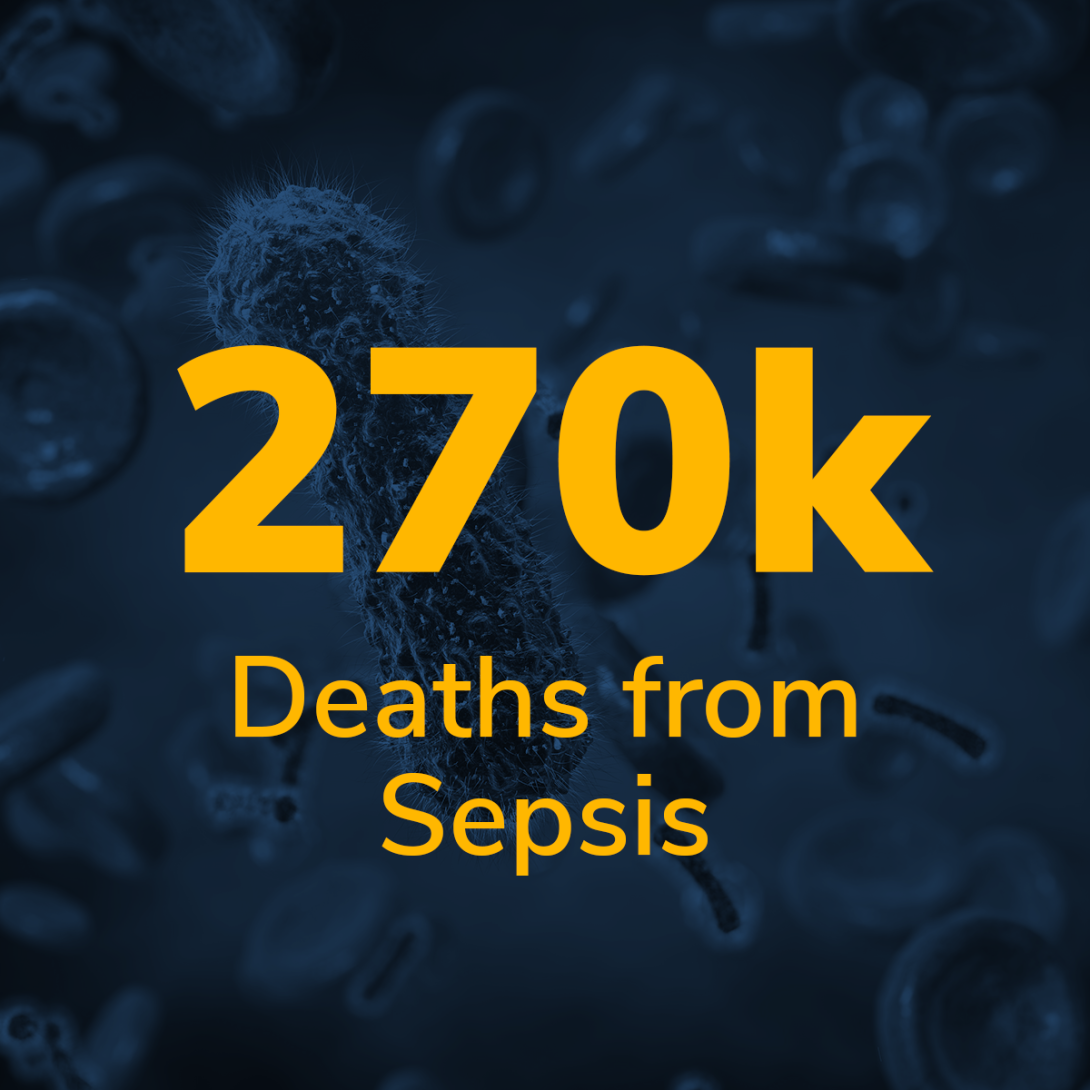
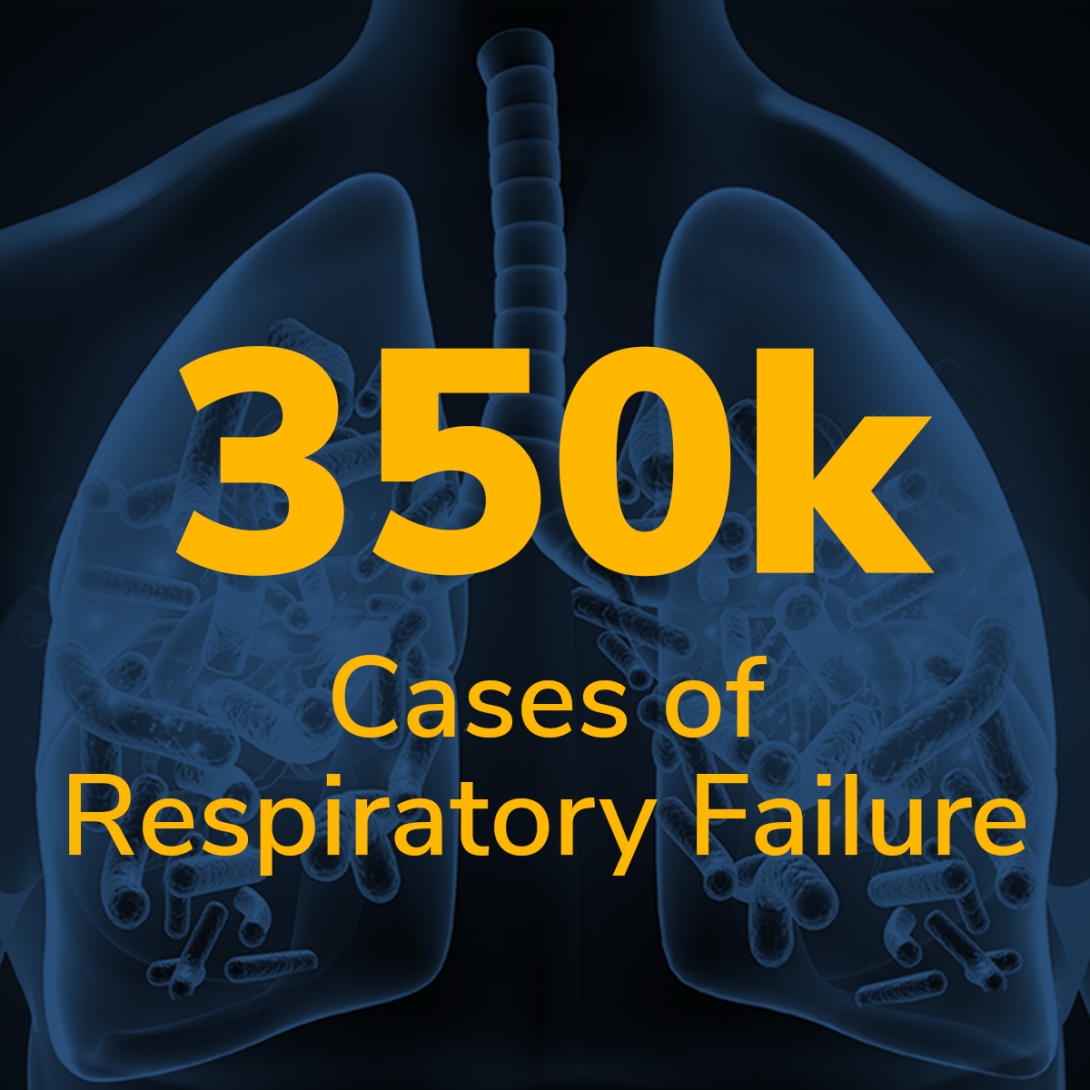
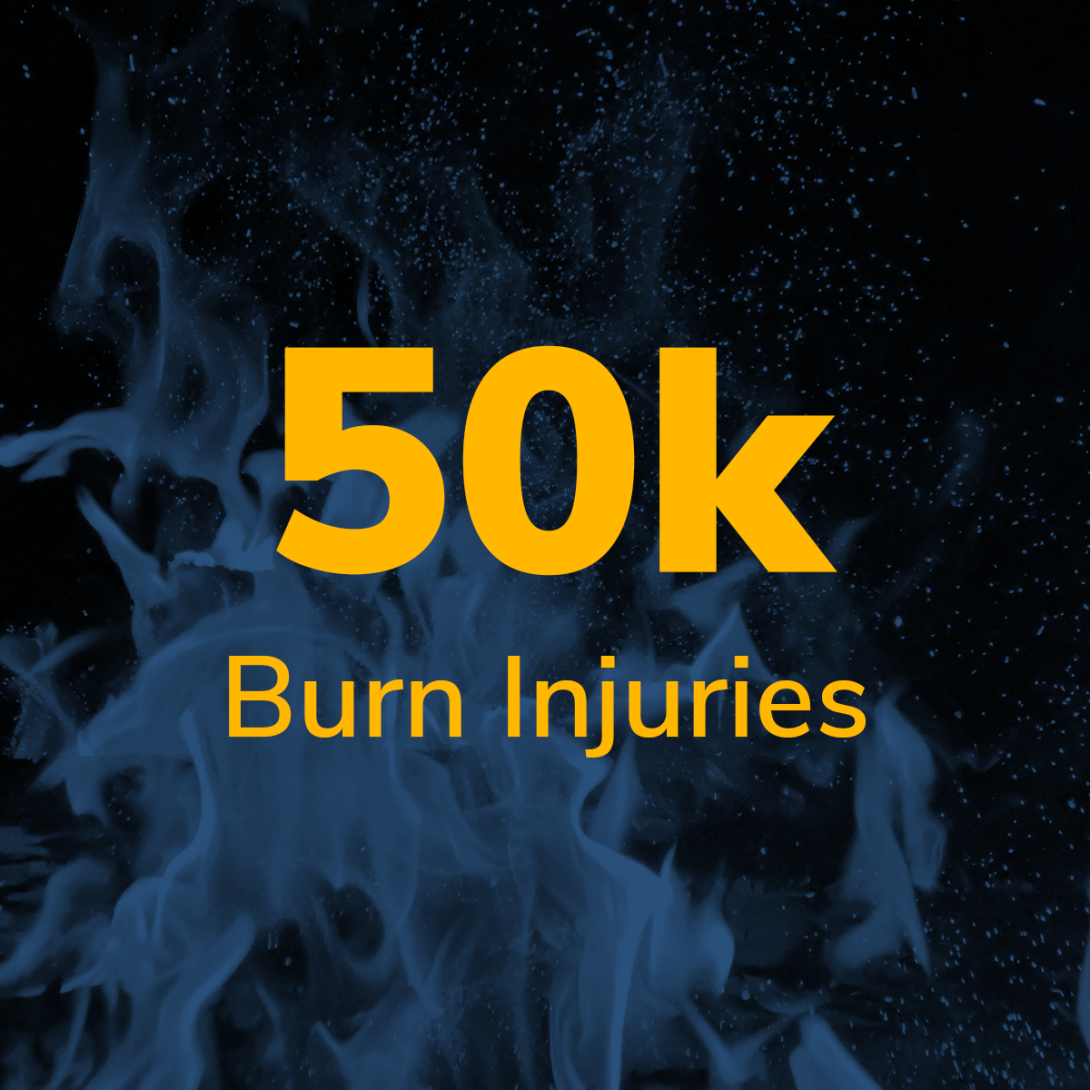
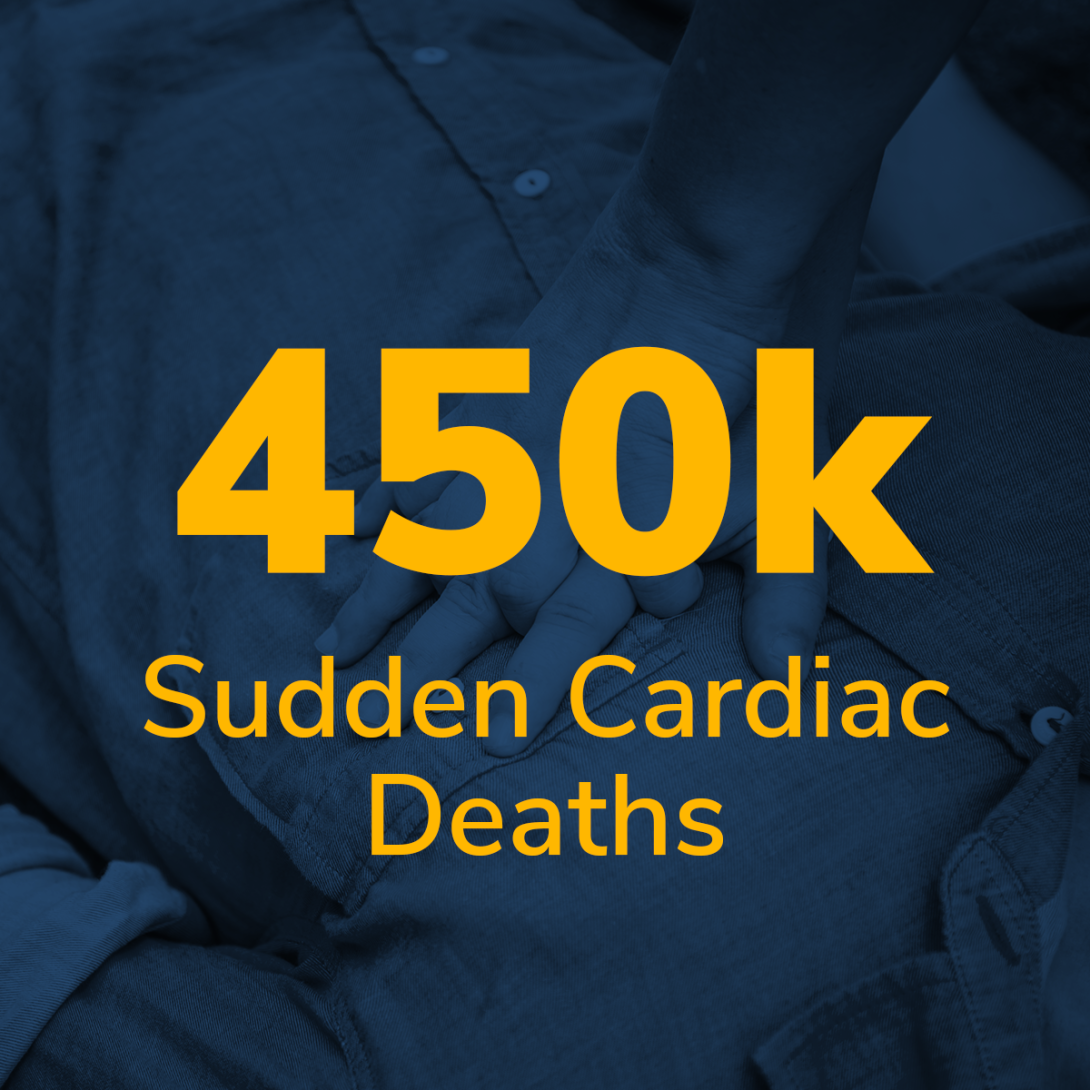
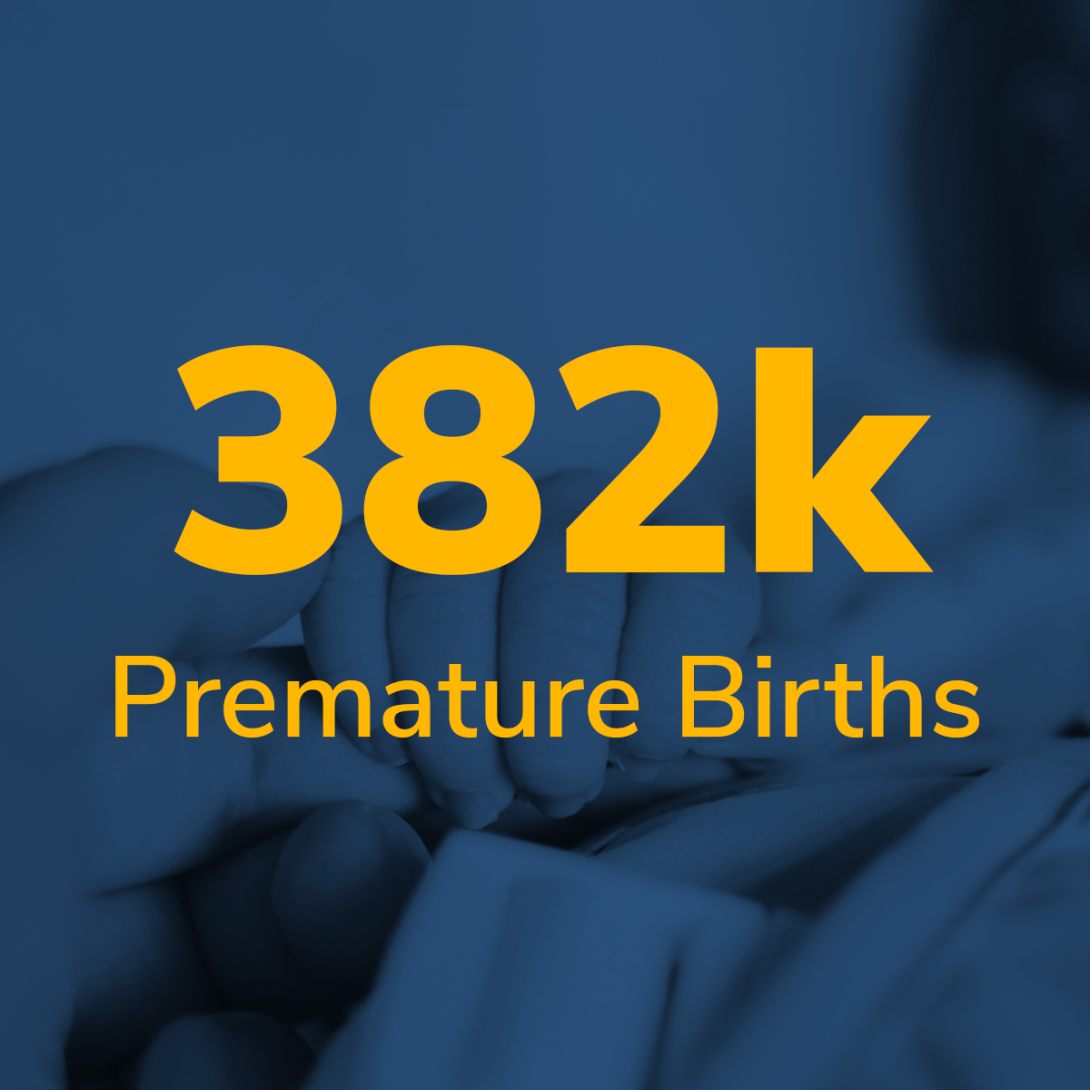
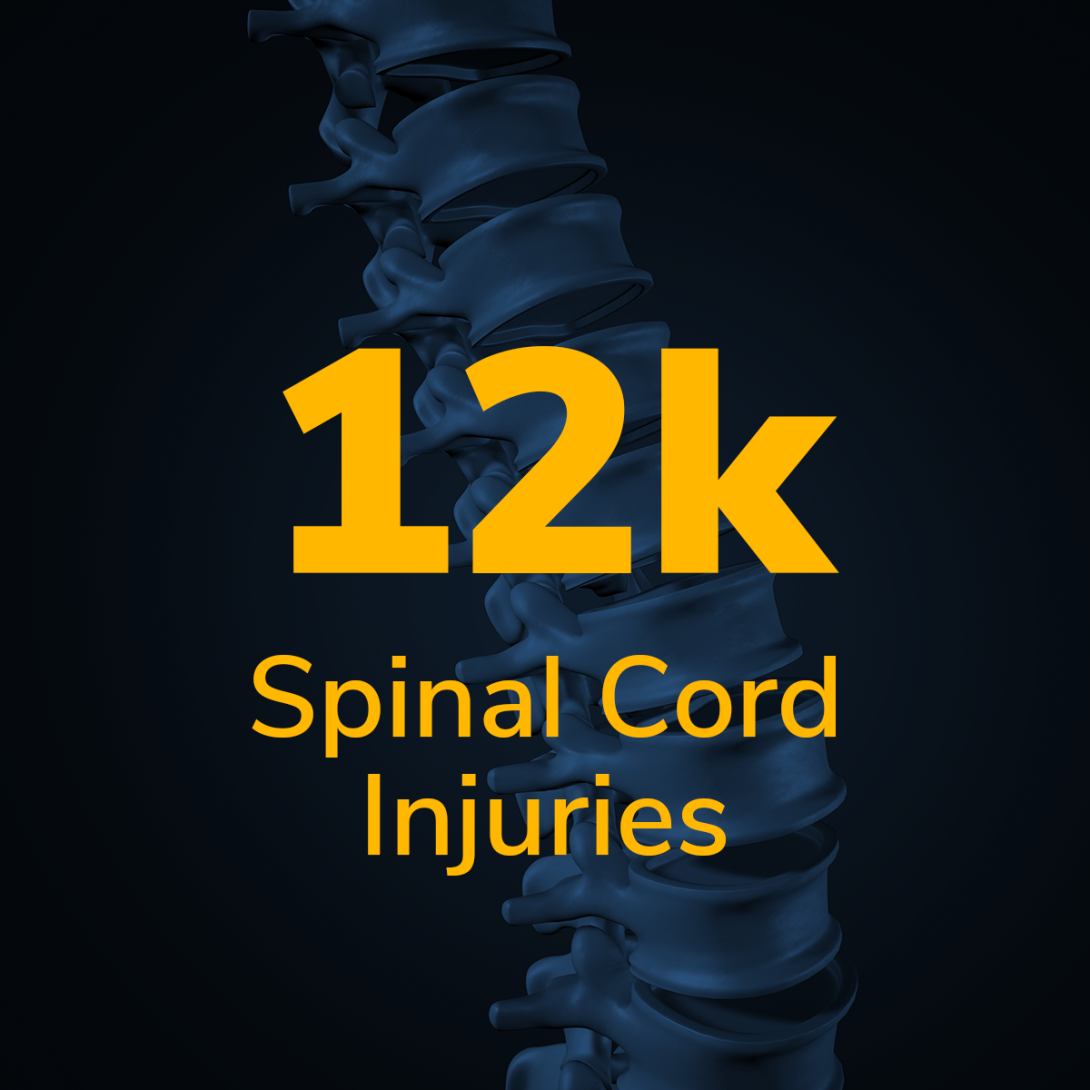
- Every 40 seconds, someone in the United States suffers a stroke.
- The average recovery period following a spinal cord injury is 34 days.
- Approximately 30% of all injury deaths are due, in part, to traumatic brain injuries.
- Every 4 minutes, someone dies of stroke.
- The average length of ICU stay for a spinal cord injury is 11 days.
- Falls caused 48% of all TBI-related ED visits, hospitalizations, and deaths in the U.S.
Taylor CA, Bell JM, Breiding MJ, Xu L. Traumatic Brain Injury–Related Emergency Department Visits, Hospitalizations, and Deaths— United States, 2007 and 2013. MMWR Surveill Summ 2017;66(No. SS-9):1–16. DOI: http://dx.doi.org/10.15585/mmwr.ss6609a1
Benjamin EJ, Blaha MJ, Chiuve SE, et al. on behalf of the American Heart Association Statistics Committee and Stroke Statistics Subcommittee. Heart disease and stroke statistics—2017 update: a report from the American Heart Association. Circulation. 2017;135:e229-e445.
N.-H. White, N.-H. Black Spinal Cord Injury Facts and Figures at a GlanceNational Spinal Cord Injury Statistical Center University of Alabama at Birmingham, Birmingham, AL (2017)
- Sepsis is the leading cause of in-hospital deaths.
- Annually, sepsis causes 8 million deaths around the globe.
- Approximately 30% of people diagnosed with severe sepsis do not survive.
- There are 1.5 million cases of sepsis in the United States per year.
- 1 in 3 Americans will suffer from sepsis in their lifetime.
- Up to 50% of sepsis survivors suffer from post-sepsis syndrome (severe muscle weakness, cognitive impairment, depression, etc.)
Sepsis Alliance (https://www.sepsis.org/sepsis-basics/what-is-sepsis/)
“A Closer Look at Sepsis-Associated Mortality” Evans L, et al. JAMA Netw Open. 2019; doi:10.1001/jamanetworkopen.2018.7565.
“Prevalence, Underlying Causes, and Preventability of Sepsis-Associated Mortality in US Acute Care Hospitals “ Rhee C, et al. JAMA Netw Open. 2019; doi:10.1001/jamanetworkopen.2018.7571.
https://blogs.cdc.gov/safehealthcare/the-cost-of-sepsis/
https://www.summitmedicalgroup.com/library/adult_care/ac-sepsis_dx/
- In the United States, a coronary event occurs every 25 seconds.
- It takes only 6 minutes for cardiac arrest victims to begin experiencing brain damage.
- 73% of sudden cardiac arrest victims in the U.S. die before reaching the hospital.
- Nearly 45% of out-of-hospital cardiac arrest victims survived when given CPR by bystanders.
- 18% of out-of-hospital cardiac arrest cases occur in a public setting.
- Cardiogenic shock has an approximate mortality rate of 50%.
Centers for Disease Control and Prevention, 30 Apr 2015
American Heart Association: https://cpr.heart.org/en/resources/cpr-facts-and-stats
- Approximately 86% of all deaths in battle occur within the first 30 minutes after wounding.
- Traumatic hemorrhage is the #1 cause of combat deaths for U.S. service members.
- 379,500 service members have sustained a traumatic brain injury.
Data provided by the Centers for Disease Control and Prevention and the United States Department of Defense